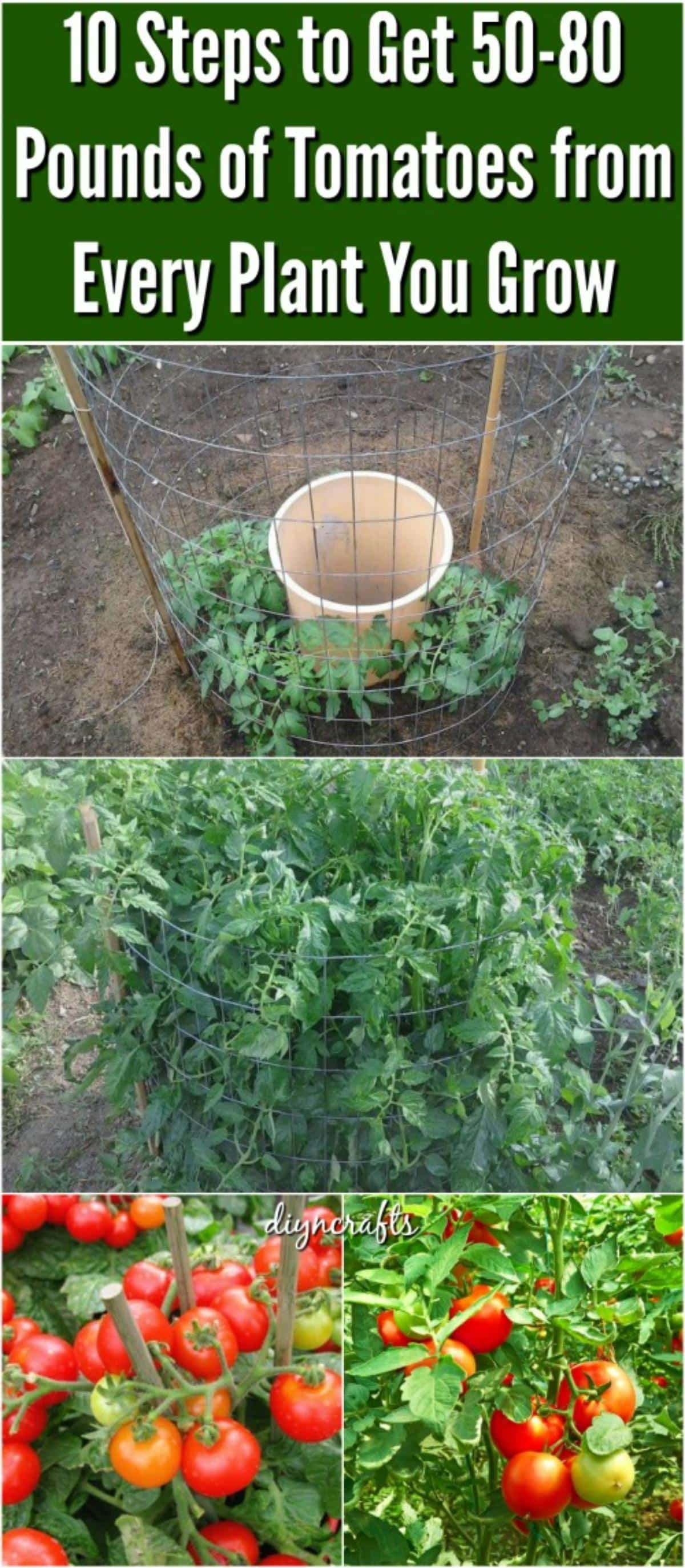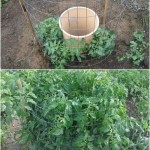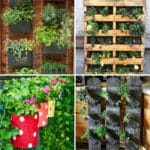
I’ve been gardening in my backyard for several years now, and each year, I’ve learned something new. More often than not, these have been hard-won lessons through trial and error, and I emphasize the word “error.”
One of the first plants I tried to grow was tomatoes because I heard everyone say they were easy. Well … they may be easy, but if so, everything else is ridiculously hard, at least for me. I have gotten them to produce fruit, but only in small amounts, and the tomatoes, on the whole, have been rather small and disappointing.
I just found this super awesome video, though, which includes a ton of great tips and tricks!
There are 10 easy steps to growing high-yield tomatoes!
- Get the right types of tomatoes to grow in your climate. If you need tips, talk to a local expert.
- Lay the plants on their sides.
- Plant them in a trench with the top three inches uncovered.
- Add a fourth to half a cup of slow-release fertilizer.
- Erect a cage around each individual plant. It should be about five feet tall with a two-foot diameter.
- Cover the cages with a floating row cover to provide protection from wind.
- Fertilize the plants each week using a hose-end applicator. Apply directly to the leaves.
- Side-dress the tomatoes with two to three teaspoons of ammonium sulfate after they produce their first yield. Water afterward.
- Wait until tomatoes are 30% ripe, and then pick them. Otherwise, the birds will get them.
- Do not refrigerate tomatoes. They go bad quickly if you do, so put them on the counter instead.
Watch the video for the details, and be sure to check out the other great gardening videos on LDSPrepper’s channel—he’s got a lot of other great advice for growing tomatoes and much more.
Bonus Tip:
This brilliant watering solution will ensure your plant is well-hydrated and stimulates growth to its full potential! Check out James Bryan's Hometalk post and the discussion; he shares some really insightful tips on growing tomatoes.







Leave a Reply